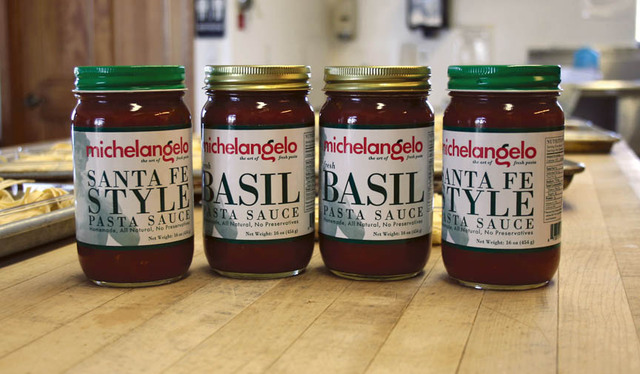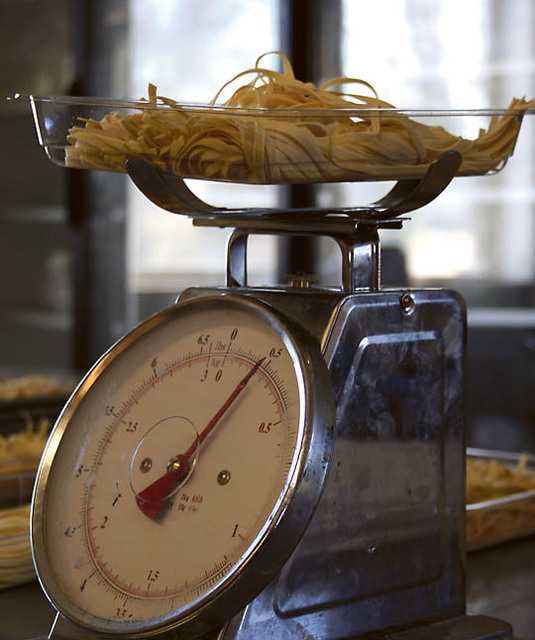Food Lover's Gift Guide
Michelangelo's Fresh Pasta Renaissance


Fresh pasta is weighed on a scale before it’s packaged.
Maren Tarro
Latest Article|September 3, 2020|Free
::Making Grown Men Cry Since 1992


Fresh pasta is weighed on a scale before it’s packaged.
Maren Tarro
